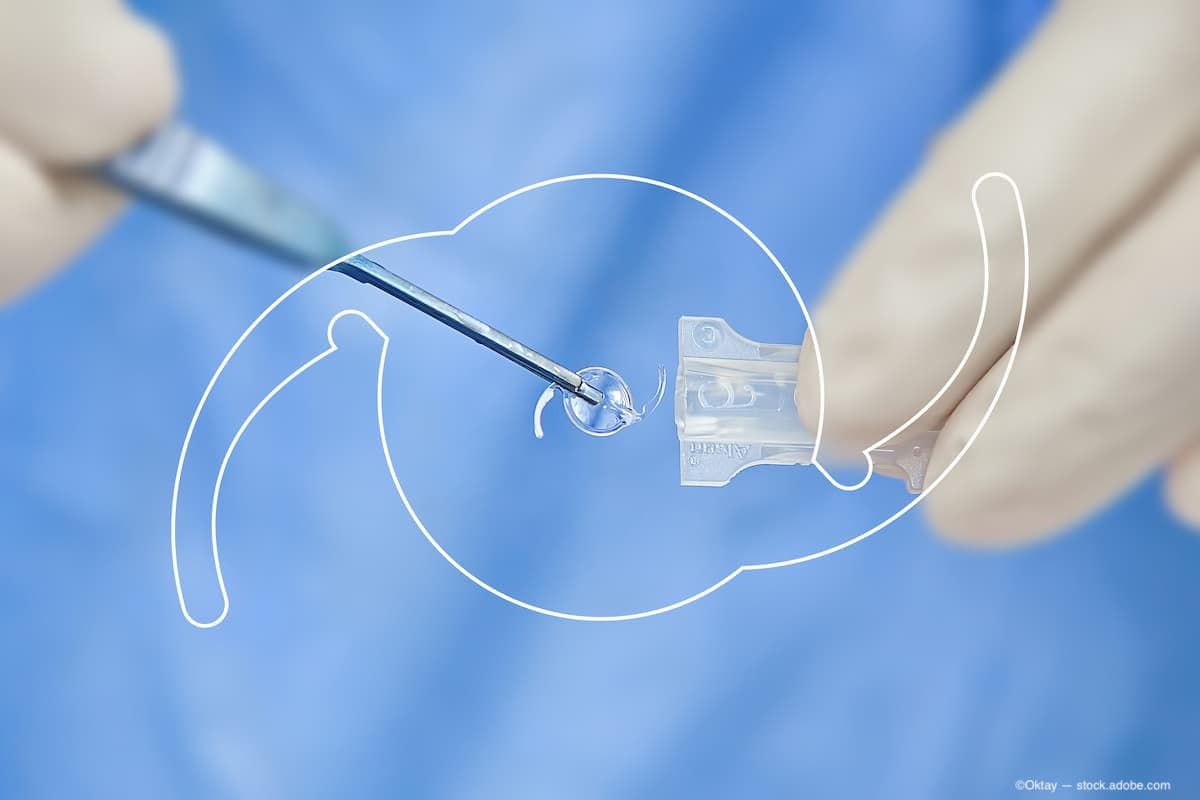Article
Smart lens technology: The next big breakthrough for ocular medicine?
Alcon recently announced a partnership to in-license Google’s smart lens technology, but many questions remain. What will this new product bring to eye care and will it change ocular medicine?
By Rose Schneider; Content Specialist, Ophthalmology Times
Basel, Switzerland-This past summer, Novartis announced that its eye-care division, Alcon Laboratories, had entered into an agreement with a division of Google Inc. to in-license its “smart lens” technology for ocular medical uses.
More in this issue: Should your practice have an optical dispensary?
While Google will deliver the smart lens technology, Alcon will manufacture and deliver the contact lenses and IOLs. The technology is currently in the research and development phase. Once that phase is completed, Alcon will manufacture the final commercial product, including the technology.
But what exactly does this mean for physicians in eye care and their patients?
Need to know
According to Franck Leveiller-vice president of research and development of vision care for Alcon-there are two areas of interest the companies will focus its immediate attention:
Leveiller said the lenses will help these patients manage their disease by providing a continuous, minimally invasive measurement of the body’s glucose level via the technology, which is designed to measure tear fluid in the eye and connect wirelessly with a mobile device.
> Presbyopia:
Because patients living with this disease can longer read without glasses, Leveiller said the smart lens will potentially provide accommodative vision correction to help restore their eyes’ natural autofocus on near objects in the form of an accommodative contact lens or IOL as part of their refractive cataract treatment.
In addition to contact lenses, Leveiller said Alcon would also explore the technology-which involves non-invasive sensors, microchips, and other miniaturized electronics that are embedded within the lens-into IOLs as part of the refractive cataract treatment for presbyopia.
“Within eye care, there is still a great amount of ‘white space,’ which is ripe for innovation ideas to address some of its most pressing eye diseases and conditions,” Leveiller said. “(For example), the possibility of an accommodating lens for presbyopia patients-whether a contact lens or an intraocular lens-would give them freedom from eyeglasses, improving their overall lifestyle.”
Another ‘white space’ Alcon hopes to conquer in the future with the smart lens technology, Leveiller said, is glaucoma.
The companies are also keeping those who are intolerant to contact lens in mind while developing the technology, he added.
“We are currently in the very early stages of developing the smart lens technology, but our aim is to develop a lens that is comfortable and well-tolerated by patients,” Leveiller explained. “This is an example of how Alcon can complement Google by providing our extensive experience and expertise in contact lens material and surface design . . . in order to improve smart lens biocompatibility and comfort performance.”
First impressions
While the companies continue work on the smart lenses, eye-care physicians are already excited for its possible capabilities for their patients.
“It’s a huge opportunity for all kinds of monitoring and health-care needs,” said H. Jay Wisnicki, MD, New York Eye & Ear Infirmary, Beth Israel Center, Albert Einstein Collage of Medicine, New York. “I think the movement to smart lenses is great, . . . people wear contacts anyway.”
In particular, Dr. Wisnicki said he is highly anticipating the smart lens for diabetes patients, as the technology will give them the ability to have better control over monitoring blood glucose levels.
“Can you imagine that instead of the old ways of finger pricks . . . it can be monitored in a non-invasive way,” said Dr. Wisnicki, also a member of Ophthalmology Times Editorial Advisory Board and editor of the Tech Talk column.
While he expects technical challenges, Dr. Wisnicki said he sees huge potential for the technology in regards to improving glaucoma care as well.
“The potential benefits of that are unbelievable,” he said.
However, Dr. Wisnicki said he does have doubts that the technology would work for IOP.
“(There are some) major challenges for IOP,” he said. “Think of the eye as a water balloon. You’ve got to touch it . . . I don’t see how a contact lens is going to measure IOP.”
Nevertheless, Dr. Wisnicki said he would “absolutely” recommend the smart lenses to his patients, even if they were in an experimental phase.
“I am very pleased with this collaboration between Alcon and Google on these technologies,” he said. “(They) are very strong companies with strong track records that can only help patients and ophthalmologists.”
Newsletter
Don’t miss out—get Ophthalmology Times updates on the latest clinical advancements and expert interviews, straight to your inbox.





